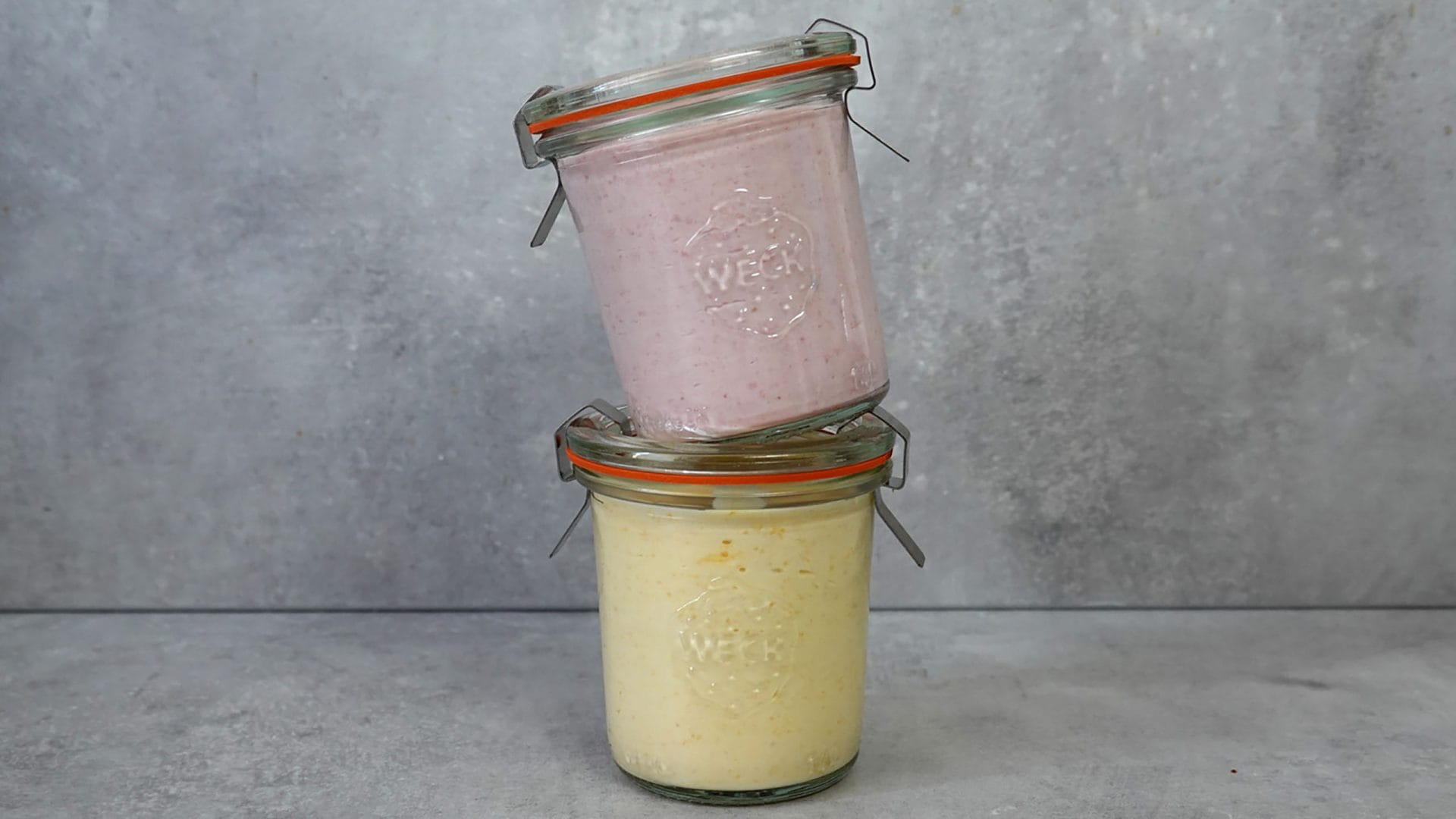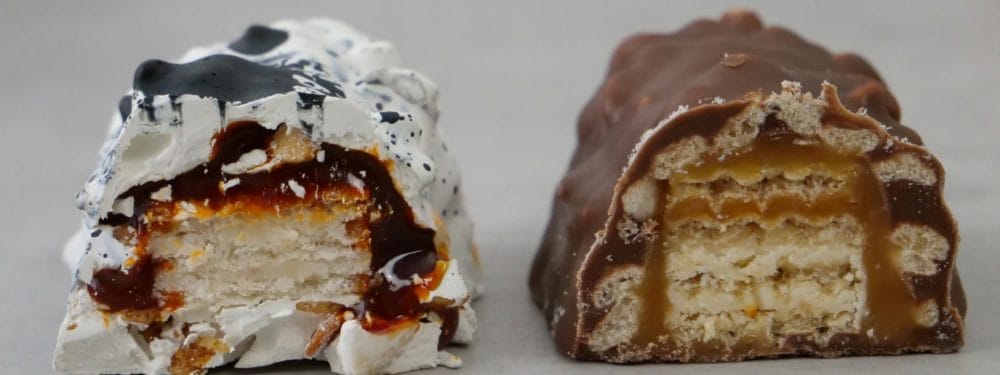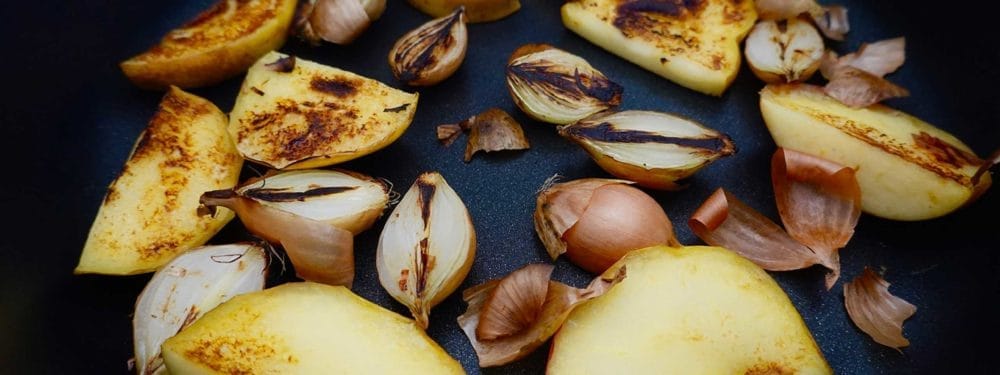Fruit Giants
Certain taste preferences are formed in early childhood. And some tastes stay with us for a lifetime, like grandma’s cake or a special family dish. We associate positive or negative things with it. It doesn’t even have to be a lovingly prepared dish; sweets or ready-made meals can also provide nostalgic moments.
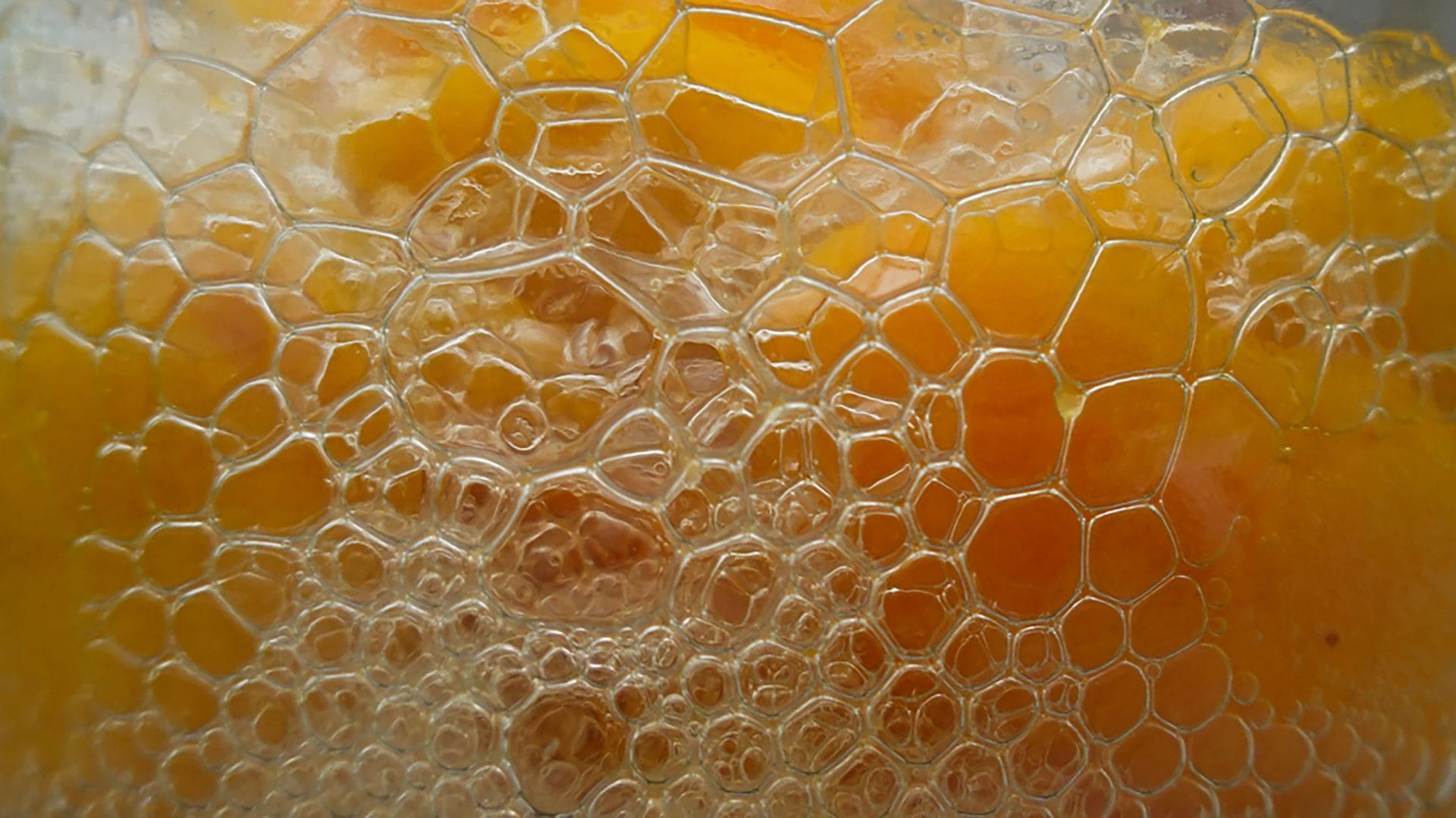
Very popular with most children is candy. However, this preference changes, we learn to appreciate bitter things, like dark chocolate, coffee or beer. While the beloved sweets of yesteryear bring back memories of times gone by, the products themselves are usually far too sweet for us today. One such classic from childhood is fruit gnomes.
What could such a fruit dwarf for adults look like? It should evoke memories of the past but still take into account new taste preferences.
Fermented fruit
A helpful basis for this is lacto-fermentation or lactic acid fermentation. Fresh fruits are fermented with salt to create a complex + aromatic base for our fruit giants. Besides, the fruit is preserved by the fermentation process. In the process, lactic acid bacteria convert existing sugar into acid. The salt prevents unwanted microbes. We picked seasonal fruits, such as currants, gooseberries and apricots. We cut the apricots in half and remove the seeds. In the case of berries, we remove the stems and remnants of flowers. To the total weight of the fruit, we add 2% non-iodized salt and mix everything by shaking gently. We vacuum seal the salted fruit in a vacuum bag and in a jar. In the jar, the fruits retain their shape as far as possible. The salted fruits stand for the next 5 – 7 days at room temperature in the Food Lab and begin to ferment.
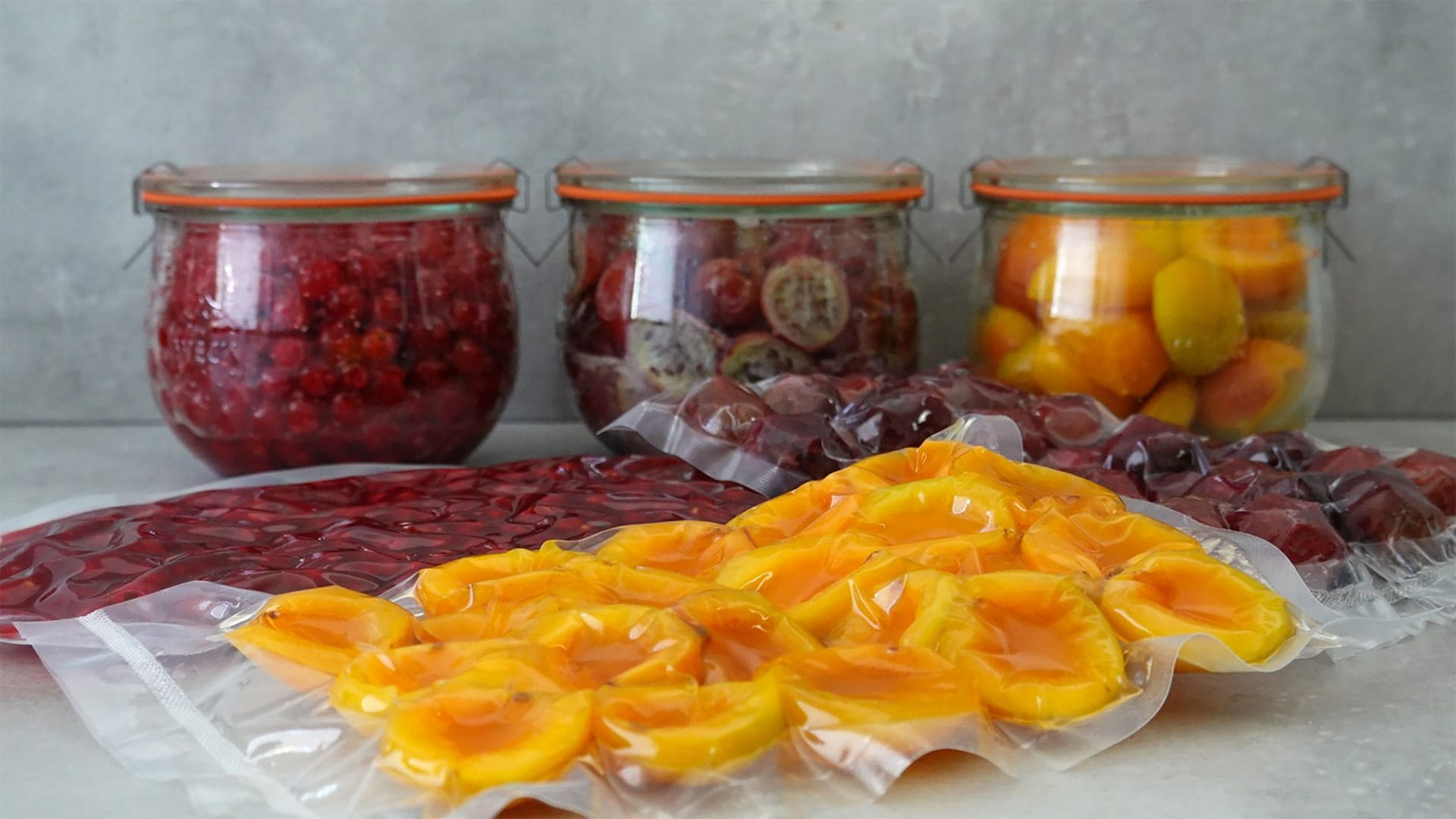
Fermented “milk
For our fruit giants we produce different types of yogurt, a skyr made from cow’s milk but also vegan variants made from oat and coconut “milk”. For the oat yogurt we prepare an oat milk, for this we mix water and oat flakes finely in a high-powered blender, then we separate the “milk”. In part of the “milk” we add agar-agar (agar-agar consists of 70% of the gelling ingredient agarose, and about 30% of the non-gelling agaropectin). We warm this part of the “milk” briefly, into the remaining “milk” we add the vegan yogurt cultures (ingredients: maltodextrin (certified organic) Streptococcus thermophilus, Lactobacillus delbrueckii subsp. Bulgaricus). Once the heated “milk” has cooled to 36 °C, we add the yogurt culture “milk” and mix. To provide the cultures with the optimal conditions, we use a yogurt maker. This maintains a constant temperature of 42°C for 18 hours. We pour the inoculated “milk” into jars and put them in the yogurt maker for 18 hours.
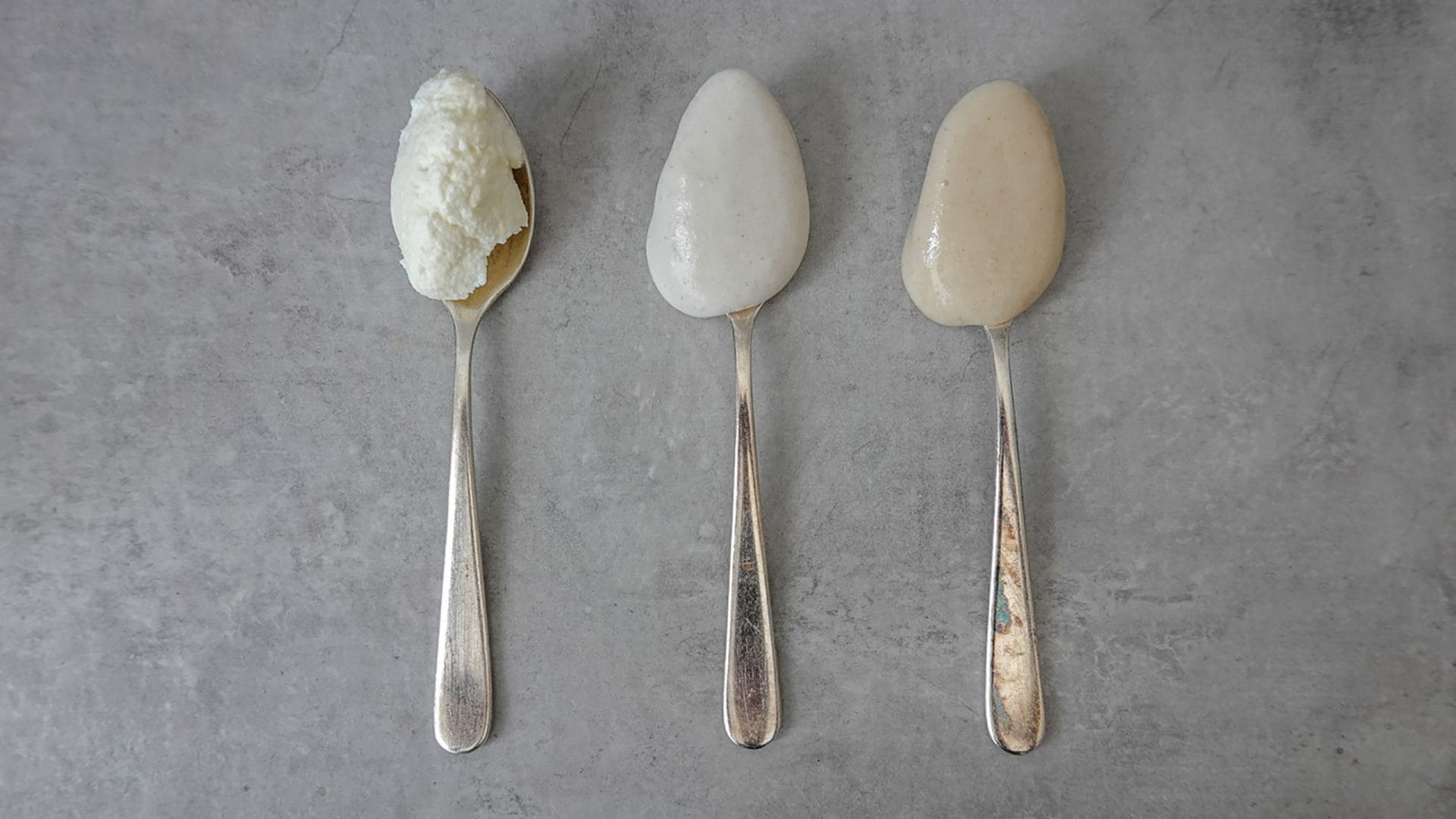
Then we bind the oat yogurt with carob bean gum (carob bean gum is extracted from the seeds of the carob tree). Stir this into the cooled yogurt and allow the mixture to swell for 1 hour. This way we get a creamier consistency. Proceed in the same way for the coconut yogurt. For our skyr we take a fresh hay milk and a natural skyr to inoculate. After inoculating the hay milk, we pour it into the jars and also let this yogurt mixture ferment for 16 hours. Then we put the yogurt mixture in a cloth and let it hang for 30 minutes, here the excess whey flows off. This makes the mass firmer. The whey can be drunk directly or used for drinks or soups. We do not need to bind the skyr, this already has a creamy consistency.
The power of two fermentations
Our fruits are fermenting vigorously, the vacuum bag with the currants is clearly inflating. The apricots and gooseberries in the jars are still more active, there is clearly more blistering.
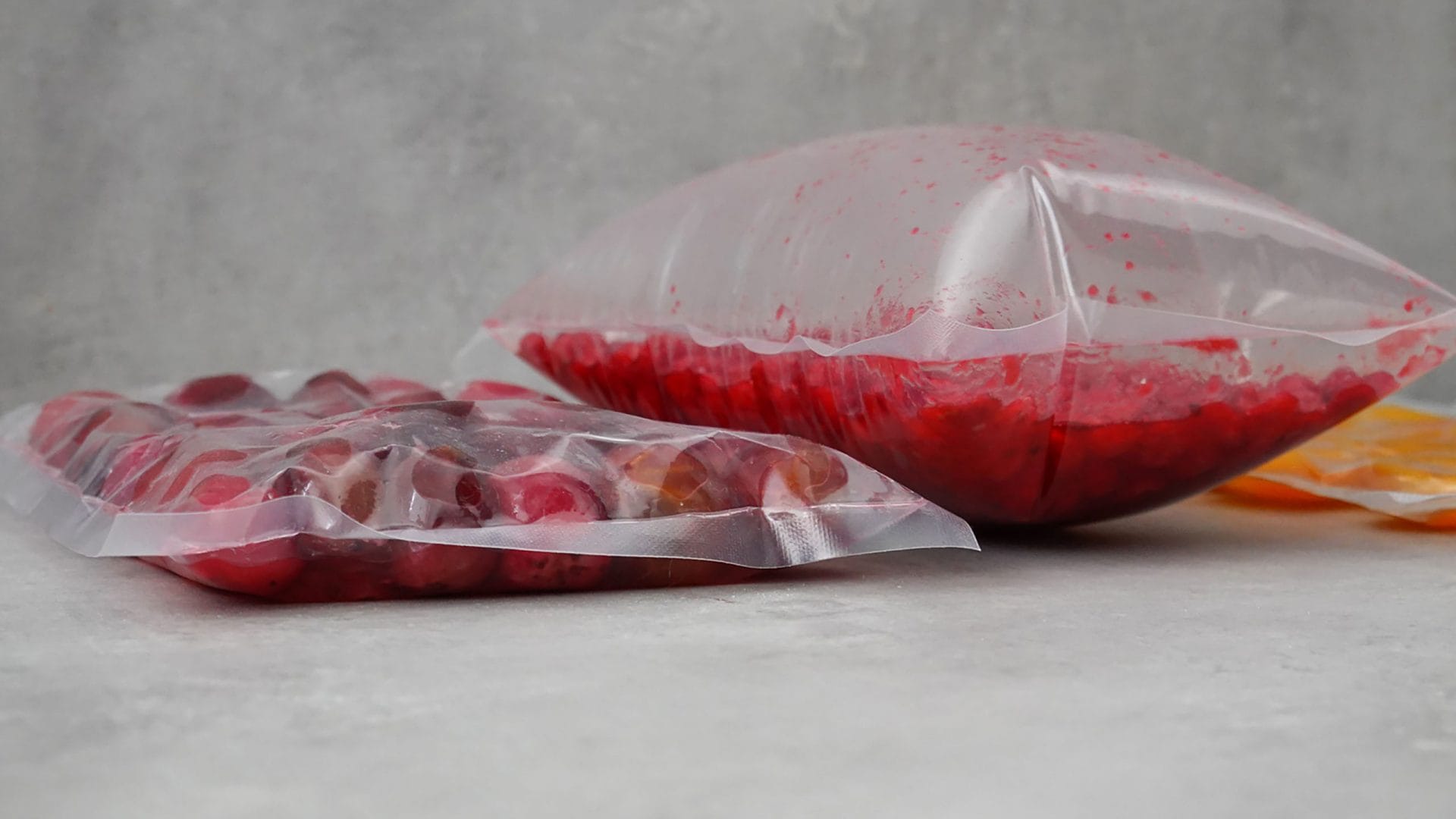
At the first tasting, we are quite surprised at what lactic acid can do to fruit. A pleasant acidity and a slight tingle are on the tongue, which supports the natural flavors of the fruit very well. However, the smell of fermentation is quite strong. All three varieties are still very crisp despite the fermentation. We mix the fruits to a fine puree and press it through a sieve. We mix the oat yogurt with currant puree. The skyr with apricot, currants and gooseberries. We mix the coconut yogurt with turmeric and curry. The color is intense and reminiscent of colorful children’s food, but in terms of taste we go new ways and combine these nostalgic memories with spicy flavors, which we combine with apricot. Food is often judged on the basis of color, because visual impressions dominate our perception. A white wine colored red with neutral food coloring, even experts have described red flavors in an experiment.
As valuable as a large bed
Fruit juices are usually also assigned according to the color of a fruit, even if the taste does not correspond to the associated fruit. We also taste colors, so to speak. Taste is always multisensory, all senses determine what we taste. Whether we could foist colorful vegetable yogurts on children in this way is nevertheless questionable, the taste probably deviates too much from the impressions anticipated by the color, but it’s worth a try! Beet, carrot, spinach, parsley or red cabbage could at least inspire color – fruit dwarfs, as valuable as a large (vegetable) bed.
For now we enjoy our fruit giants, the fruit dwarfs of our childhood have grown up with us thanks to fermentation. Fruity but not too sweet, creamy but also vegan, colorful but with surprisingly spicy components: Real fruit giants.
